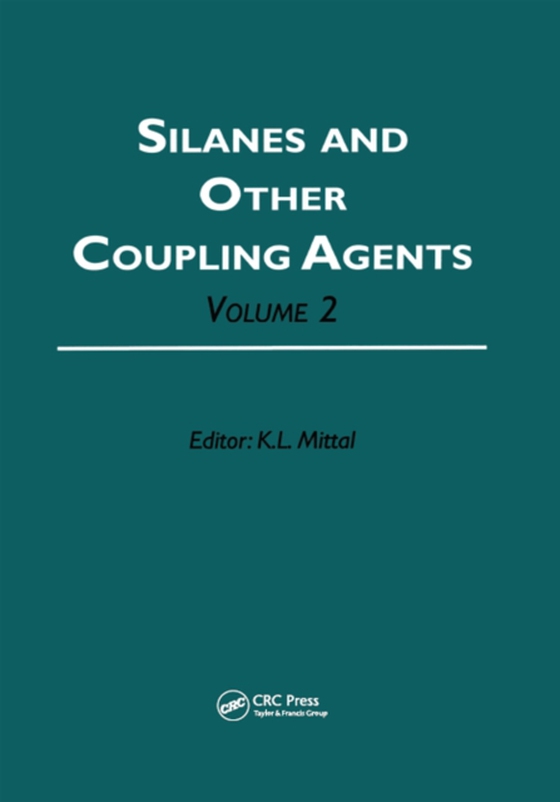
Silanes and Other Coupling Agents, Volume 2 e-bog
2190,77 DKK
(inkl. moms 2738,46 DKK)
This book embodies the proceedings of the Second International Symposium on Silanes and other Adhesion Promoters held in Newark, New Jersey, October 21--23, 1998. Silanes are the most popular and widely used coupling agents (or adhesion promoters) to promote adhesion between dissimilar materials in a variety of situations, e.g. coating technology, adhesive bonding, reinforced composites, etc. S...
E-bog
2190,77 DKK
Forlag
CRC Press
Udgivet
27 april 2020
Længde
292 sider
Genrer
Chemistry
Sprog
English
Format
pdf
Beskyttelse
LCP
ISBN
9781466562219
This book embodies the proceedings of the Second International Symposium on Silanes and other Adhesion Promoters held in Newark, New Jersey, October 21--23, 1998. Silanes are the most popular and widely used coupling agents (or adhesion promoters) to promote adhesion between dissimilar materials in a variety of situations, e.g. coating technology, adhesive bonding, reinforced composites, etc. Since the first symposium on this topic in 1991, there had been a tremendous R&D activity in developing new and more effective adhesion promoters and in understanding and optimising the performance of available coupling agents. The technical program for the symposium contained 36 papers and reflected both overviews and original research contributors and the presenters hailed from academia, industry and other research laboratories. Many different aspects of coupling agents were discussed, and both fundamental and applied aspects were accorded due coverage. In addition to formal presentations, there were brisk and lively discussions throughout the symposium, and this event provided an opportunity for cross-pollination of ideas in the broad arena of adhesion promoters. This present volume contains 18 papers by experts from academia, industry and other research laboratories. All manuscripts were subjected to rigorous peer review and were suitably revised before inclusion in this volume. The book is divided into two parts as follows: Part 1. Silane Coupling Agents; and Part 2: Non-silane Coupling Agents/Adhesion Promotors. The topics covered include: silane adhesion prompters for hydrosilylation cure systems; sterically hindered silanes; study of silanes hydrolysis; adsorption of silanes on different substrates; interaction of water with silane films studied by neutron reflection; characterization of glass fiber sizings; silanes as dispersion promoters; corrosion protection of metals by silanes; surface 'Intelligraft' as a new class of adhesion promoters; hydroxymethylated resorcinol, sol-gels, and -diketone functionalised polymers as adhesion promoters; and plasma deposition of silanes.
 Dansk
Dansk

